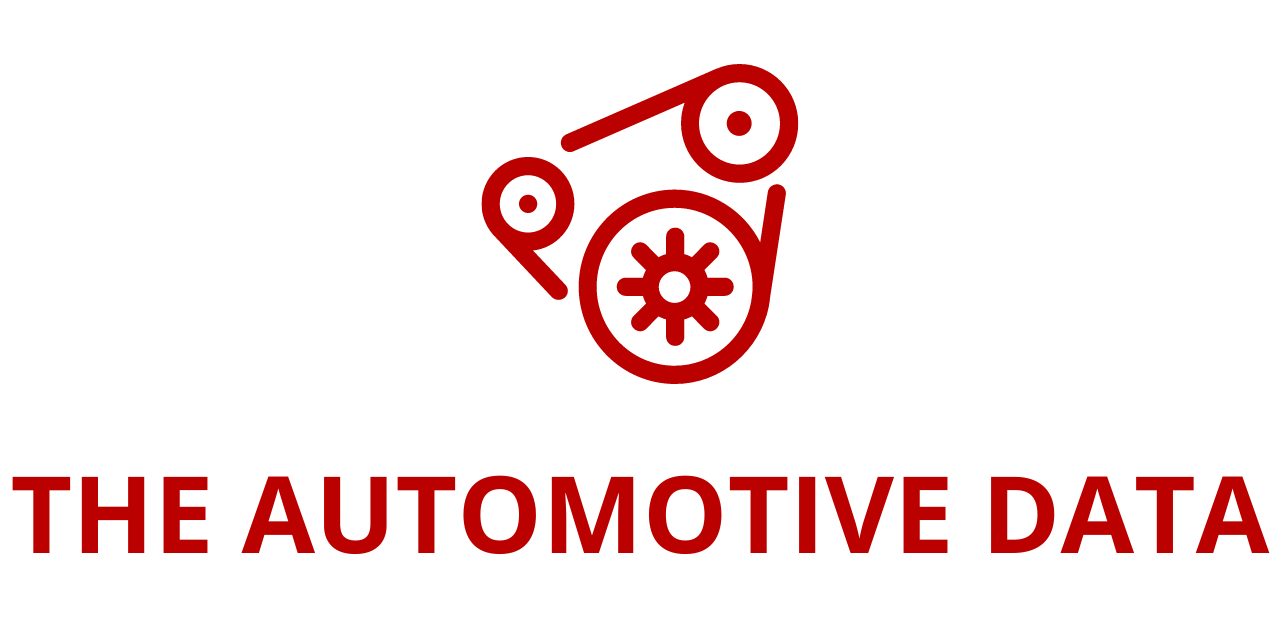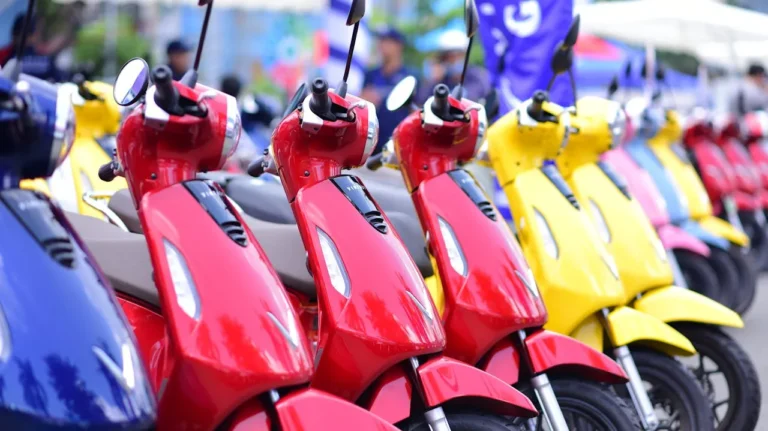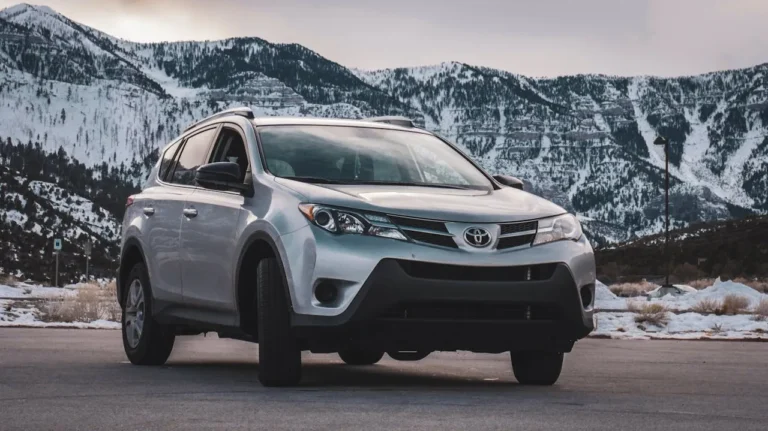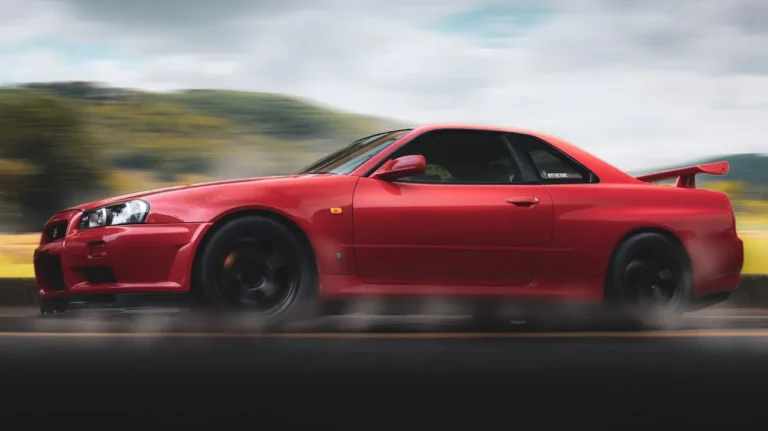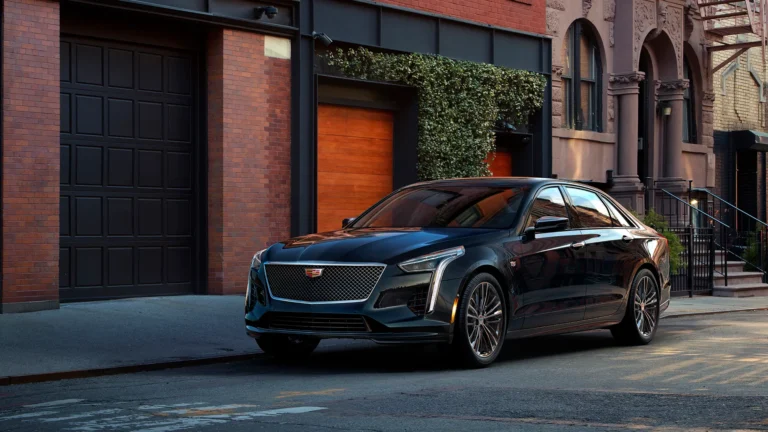
Safety Before Sales: Amy Witherite Warns Against Marketing Hype in the Age of Driver-Assistance Technologies
As advanced driver-assistance systems (ADAS) become more common in modern vehicles, safety experts are increasingly alarmed by how marketing and branding may be distorting public understanding of what these technologies can truly do. Terms like “Autopilot,” “Full Self-Driving,” and even Tesla’s “Mad Max Mode” sound futuristic and empowering — but according to safety advocates, these names may be giving drivers a dangerously false sense of security.
Attorney Amy Witherite, a Dallas-based traffic safety expert with decades of experience representing victims of auto crashes, is one of the most vocal critics of what she calls “reckless marketing language.” In her view, clever slogans and high-tech branding have overtaken safety and transparency in the auto industry’s race to sell innovation.
“Using reckless labels that imply a car can think for itself gives drivers a false sense of security,” Witherite said. “When companies use language like Autopilot or Mad Max, they’re not just being cute — they’re encouraging complacency behind the wheel. Real people have died because they believed the marketing.”
The Danger of Overconfidence Behind the Wheel
The appeal of automation is obvious. Today’s cars can keep themselves centered in a lane, maintain following distance in traffic, and even assist with lane changes or parking. Yet, as Witherite and other experts point out, no consumer vehicle on the market today can safely operate without active human supervision.
That distinction is often lost on consumers. By promoting partially automated systems as nearly autonomous, automakers risk encouraging a level of overconfidence that can lead to tragedy.
“Drivers are beginning to believe that their cars can handle more than they actually can,” Witherite explained. “And that misunderstanding can be fatal. The technology is improving, but the problem is not the engineering — it’s the messaging.”
The Role of Education and Communication
Witherite believes that driver education is just as important as technological safeguards. In her view, automakers should take more responsibility for ensuring customers understand what their vehicles can — and cannot — do.
Many owners never read the manuals that come with their vehicles — they often run hundreds of pages,” she said. “We’d all be far safer if manufacturers used new technologies to alert drivers to potential safety issues rather than giving the false impression that they don’t have to pay attention to the road. You can’t delegate safe driving to a computer. We may get there someday, but we clearly aren’t there now.”
Her comments point to a growing Marketing Hype consensus that transparency, clear language, and ongoing driver engagement are essential for the safe adoption of semi-automated systems.
Federal and Regulatory Concerns
Former U.S. Transportation Secretary Pete Buttigieg has echoed these concerns, criticizing automakers for misleading naming conventions.
I don’t think that something should be called, for example, an Autopilot, when the fine print says you need to have your hands on the wheel and eyes on the road at all times,” Buttigieg told the Associated Press.

His comments reflect the sentiment of many federal officials and safety organizations, including the National Transportation Safety Board (NTSB), which has repeatedly warned that Tesla’s claims about self-driving capability are misleading.
While automakers like Tesla, GM, Ford, and others continue to push the boundaries of automated driving, regulators are struggling to keep up with the pace of innovation — and the growing risks of misuse.
Industry-Wide Safety Gaps Revealed
A recent Insurance Institute for Highway Safety (IIHS) study illustrates the widespread shortcomings of these systems across the industry. Researchers tested 14 partial-automation systems from major automakers, evaluating their ability to keep drivers attentive, ensure seat belt use, and maintain critical functions like automatic emergency braking.
The results were stark: only one system earned an “acceptable” safety-safeguard rating, while 11 were rated “poor.”
Most of them don’t include adequate measures to prevent misuse and keep drivers from losing focus,” said David Harkey, IIHS President.
According to the report, none of the evaluated systems — including Tesla’s Autopilot and Full Self-Driving Beta — met every requirement for robust driver monitoring, emergency escalation, or misuse prevention.
Harkey added that these findings are Marketing Hype especially concerning given how quickly vehicles equipped with partial-automation features are entering the market.
These results are worrying, considering how quickly vehicles with these systems are hitting our roadways,” he said.
Marketing vs. Safety: The Collision of Priorities
The problem, Witherite says, is not technology itself but the culture surrounding its rollout. In an industry increasingly driven by innovation and competition, marketing departments are often shaping public perception more than engineers or safety experts.
With so many manufacturers racing to roll out new technology, we cannot let marketing and hype trump safety,” Witherite said. “Drivers deserve clear language, strong safeguards, and accountability when automation fails.”
This tension between commercial ambition and safety responsibility has been building for years. Automakers are competing for headlines and market share by promoting the latest “self-driving” Marketing Hype breakthroughs, while safety experts insist that the industry must prioritize clarity and accountability over buzzwords and brand appeal.
The Illusion of Autonomy
Experts say the term “Autopilot” is particularly problematic. Borrowed from aviation, the term implies that a system can manage a complex environment with minimal human intervention. In reality, even the most advanced automotive Marketing Hype driver-assistance technologies — such as Tesla’s Full Self-Driving, GM’s Super Cruise, or Ford’s BlueCruise — are still “Level 2” systems under SAE’s automation classification.
That means the human driver is responsible for monitoring the environment and taking control at all times. The vehicle can assist but cannot replace human judgment.
It’s not autonomy — it’s assistance,” Witherite emphasized. “The danger is when drivers treat assistance as autonomy. That’s when crashes happen.”
Building a Culture of Accountability
Safety advocates argue that meaningful change will require collaboration among automakers, regulators, and consumers. Automakers must adopt honest communication strategies, regulators must enforce naming and performance standards, and consumers must stay informed and engaged.
One promising step forward, experts suggest, is the growing use of driver monitoring systems (DMS) that track eye movement and steering input to ensure drivers remain attentive. However, even these safeguards are inconsistently applied across brands, and often easy to override.
“If the technology is meant to help drivers, it should never allow them to disengage from their responsibility,” Witherite said. “We need systems that protect people from human error — not systems that encourage them to make bigger ones.”
The Road Ahead
The conversation around automation, safety, and marketing transparency is only beginning. As automakers continue to refine their driver-assistance systems and approach higher levels of autonomy, experts stress that human oversight will remain essential for years to come.
Technology will evolve, but so must the culture around it. Witherite and others insist that innovation should be grounded in ethics, education, and accountability — not hype.
Safety isn’t a slogan,” she concluded. “It’s a responsibility. And that responsibility belongs to every automaker, engineer, and executive who puts a new system on the road. We can build incredible technology, but if we fail to communicate its limits honestly, then we’re putting everyone at risk.”
